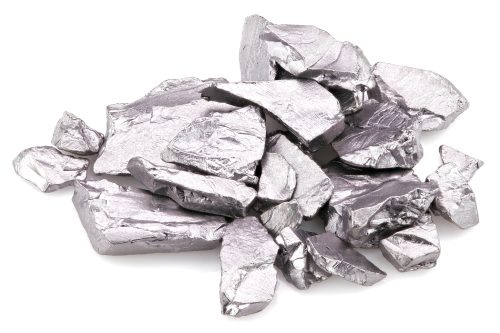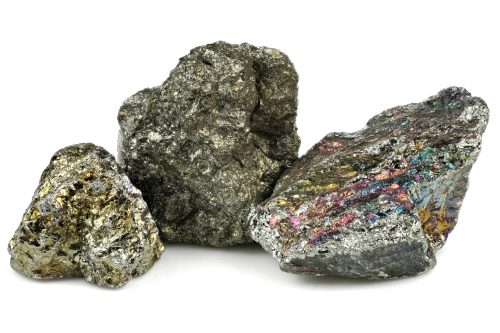Tantalum and niobium are transition metals that are commonly found together in nature. They are often difficult to separate from one another due to their similarities in physical and chemical characteristics. In fact, when tantalum was first discovered in 1802, it was confused with niobium, which was discovered much earlier in 1734. It was not recognized as a separate element until 1864.
While the two materials have many shared properties, there are some key differences between them. Below we highlight each material’s unique characteristics and manufacturing process.
The Characteristics and Manufacturing Process of Tantalum

Tantalum is a dark blue-gray metal that is hard, dense, and ductile. It is also easily fabricated, highly conductive to electricity and heat, and exceptionally resistant to corrosion.
- Separation: Since tantalum is often found with niobium, it must undergo a separation process before it can be further refined and used. This process involves treating the ore with a mixture of hydrofluoric acid and sulfuric acid at elevated temperatures, which dissolves the tantalum and niobium into complex fluorides.
- Purification: Since other elements are generally present within the ore, the slurry is first filtered and then further processed using a solvent extraction process that uses methyl isobutyl ketone or a liquid ion exchange process that uses an amine extractant in kerosene. The result is a highly purified solution of tantalum.
- Conversion: The purified tantalum solution can be turned into tantalum oxide (Ta2O5) or potassium tantalum fluoride (K2TaF7) as needed.
- Metal Production: The final step is to convert the tantalum compound into pure tantalum metal using an electrolytic or chemical reduction process.
The Characteristics and Manufacturing Process of Niobium
Niobium—initially known as columbium—is a lustrous gray metal with a high melting point and low density. It is highly ductile and superconductive.
There are two main processes used for niobium production. They are utilized depending on whether pyrochlore or columbite and tantalum-bearing ores are being processed.

- Pyrochlore Ores: These ores undergo a process that converts the niobium oxide into HSLA ferroniobium. The conversion is performed either through an aluminothermic reduction process or by reduction in an electric arc furnace.
- Columbite and Tantalum-bearing Ores: These ores undergo the same chemical process outlined in the Tantalum section. Typically, ammonia is introduced to the purified solution of niobium to convert it into niobium hydroxide. The resulting compound is then washed, filtered, and calcined.
- Metal Production: The calcined niobium hydroxide is then reduced to pure niobium metal using an electrolytic or chemical reduction process.
Learn More About Tantalum and Niobium From the Experts at ADMAT
Want to learn more about tantalum and niobium? Ask the experts at ADMAT! As a leading supplier of refractory metals, including tantalum and niobium, they can answer and address any questions or concerns you may have about these materials. If you want to purchase these metals for your next project, request a quote.

